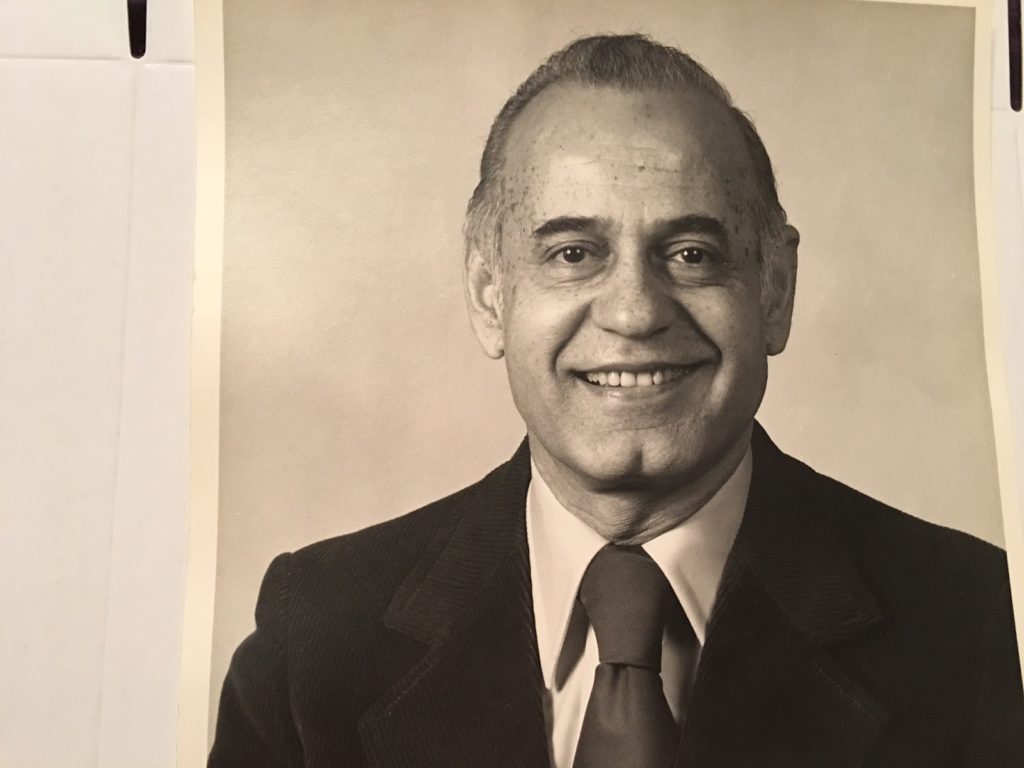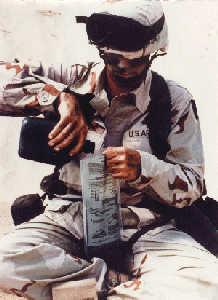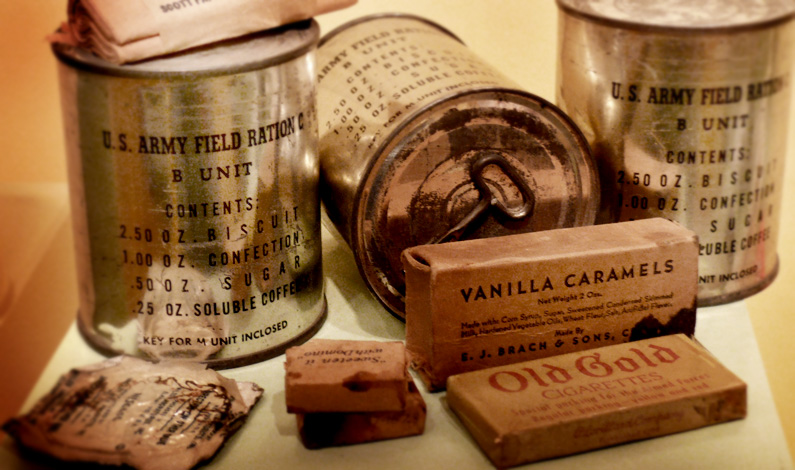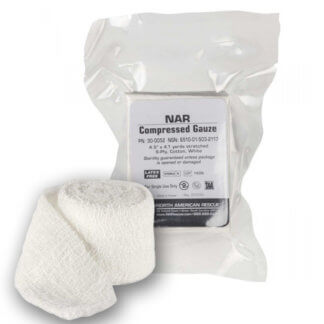
MRE or Meal Ready to Eat is a collective meal of different types of food in one package specifically designed for rough conditions.
1,200
10 Years
Where was the MRE Developed?
Research for the MRE began in 1963, with the goal of reducing the weight of traditional C-Rations. This initial research led to the introduction of the L.R.P. (Long Range Patrol) ration in 1966. This dehydrated meal, kept in a canvas pouch, proved to be too expensive to become standard issue.
Meet the father of the MRE

Dr. Abdul Rahman began working on the MRE in 1975, after leaving his home in Iraq in search of greater personal freedom. He later received the Meritorious Civilian Service award for his work on the project.
Rahman invented the process of freeze-drying food. The research was intended to render a food that could be safely taken into space, but also led to the creation of the MRE.
The MRE would support its first major conflict in Operation Desert Storm, the very place Rahman fled. Rahman was forbidden from working within the government due to having married a foreigner.
When was the MRE Adopted?
The MRE’s first adoption was by Long Range Patrols in the Vietnam War. This was, however, limited due to the heightened cost of making and storing dried foods.

A small amount of water starts the chemical reaction of magnesium, iron, and table salt.
Full scale production did not begin until 1978, and the MRE was not standard issue until 1986.
After observations during Operation Desert Storm, the US Army made a number of improvements to the MRE. These included the flame-less ration heater, shelf stable bread, wet-packed fruit instead, freeze dried coffee, candy, and hot sauce.
Each meal packs 1200 calories and has a shelf life of 10 years.
What did the MRE replace?
In the days of the Civil War, military rations generally consisted of salted meat, hard bread, and pressed cubes of vegetables. Typically beans, rice, coffee, vinegar and salt would be received intermittently in bulk.
World War 1 saw the advent of canned food, and soldiers received their first canned rations. Throughout the conflict, the rations shrank in size.

During World War 2, soldiers were issued K-rations, D-rations and C-rations. Breakfast, chocolate, and lunch/dinner respectively. These rations were nutritious, yet bulky and loud.
The Korean and Vietnam wars saw the MCI (Military Combat Individual). Soldiers still referred to these as C-rations, as they resembled them in just about every respect.
All of these were eventually replaced with the modern MRE, which you can purchase from Venture Surplus here.
[showmodule id=”241311″]
-

Individual MRE Entree
$4.99 Select options This product has multiple variants. The options may be chosen on the product page -

USGI MRE Meal
$11.99 Select options This product has multiple variants. The options may be chosen on the product page -

USGI Humanitarian Daily Ration Meal
Sale! Original price was: $9.99.$4.99Current price is: $4.99. Select options This product has multiple variants. The options may be chosen on the product page -

USGI MORE High Altitude Ration Packet
$4.99 Select options This product has multiple variants. The options may be chosen on the product page
-

North American Rescue GEN 7 CAT Tourniquet
$31.99 Select options This product has multiple variants. The options may be chosen on the product page -

USGI 6 Magazine Bandoleer
$7.99 Select options This product has multiple variants. The options may be chosen on the product page -

North American Rescue Compressed Gauze
$3.99 Select options This product has multiple variants. The options may be chosen on the product page -

US Army Double Magazine Mag Pouch
$2.09 Select options This product has multiple variants. The options may be chosen on the product page








